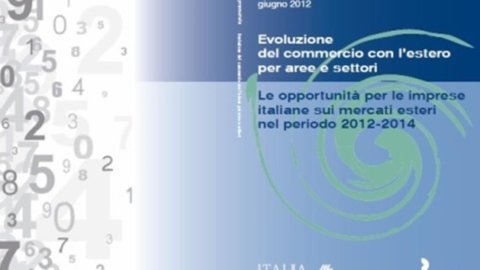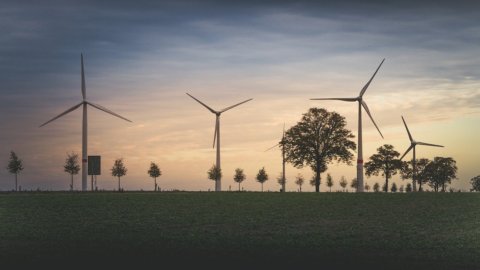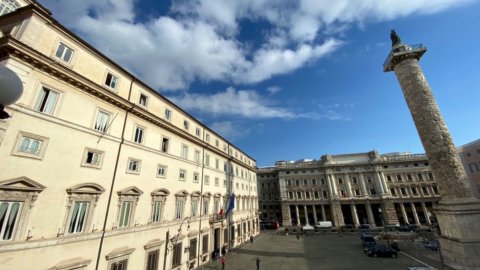The presentation of the Report "Evolution of foreign trade by areas and sectors", result of the collaboration between ICE Agency and Prometeia, the main Italian group for the creation of economic and financial models and forecasts.
From the Report presented, it emerges that after a complicated two-year period, world trade can finally register a change of pace. Global trade in manufactured goods is expected to accelerate by 3,5% this year, to increase to 4,2% and 5,5% in subsequent years. The growth rate is expected to be higher than world GDP, an index of global economic activity against which trade integration struggled in the previous year. A key to the recovery lies in the rebalancing of the engines of trade growth and more generally in the distribution of global wealth, production and consumption. In 2013, the size of the imbalance was still too similar to that of before 2009, a level which the crisis itself revealed as unsustainable and which has actually held back trade in recent years.
Compared to the recent past the American recovery, but also the more timid European dynamics, represent the main starting point for novelty in the scenario, which translates into a map of opportunities rather aligned with the geographical guidelines of Made in Italy exports. From the point of view of the driving sectors, mechanics and other technological sectors will be the most dynamic thanks to a general recovery in the investment cycle. Imports are also accelerating for traditional Italian export sectors such as fashion, food and furniture, especially in the higher quality segments.
From the risk profile side, the strong currency swings in some emerging markets reminded us of the intrinsic weakness that still characterizes many countries, placing the emphasis on greater selectivity. More than on the macroeconomic front, however, it is on the geopolitical one that the possible unknowns are concentrated. A possible acceleration instead arises from the framework of the rules in which exchanges move. This will open a new phase for world trade on two fronts: the global one to fully exploit the benefits of integration in a world characterized by different speeds, the internal one to reduce, through better accessibility, those discriminations which today weigh more heavily than their competitors on Italian internationalization due to its characteristics .





